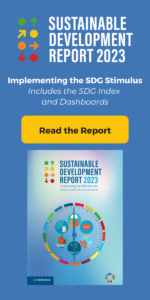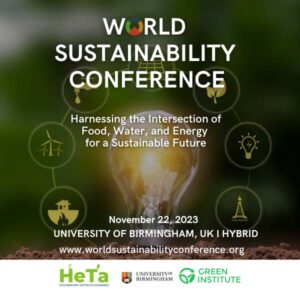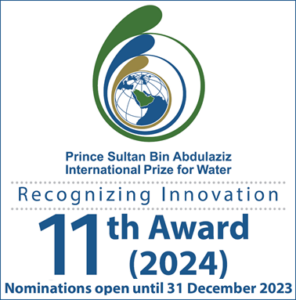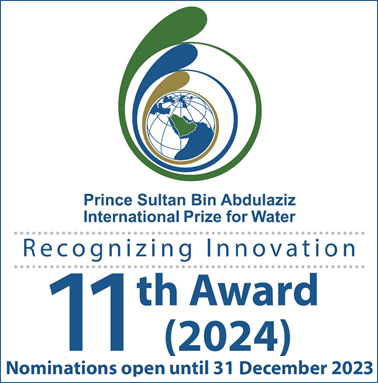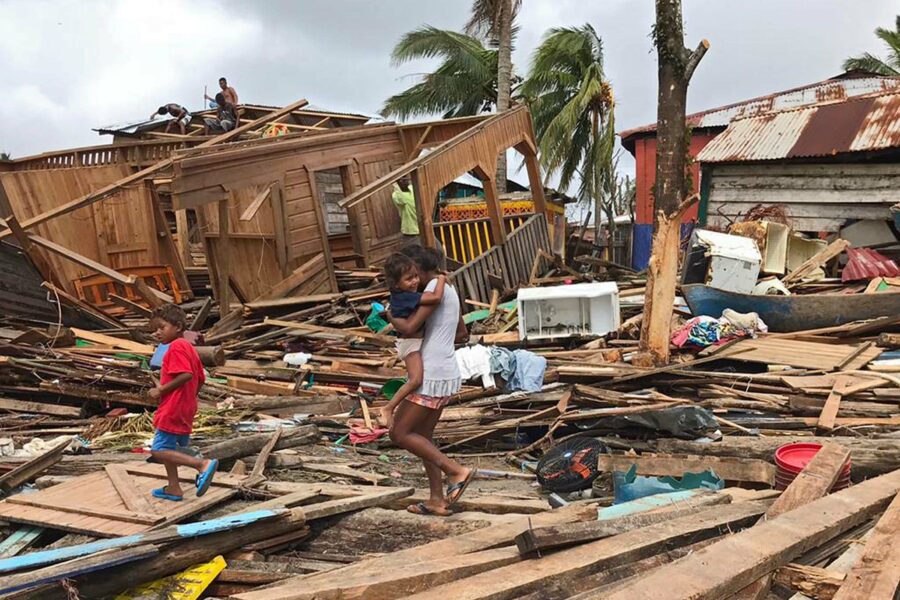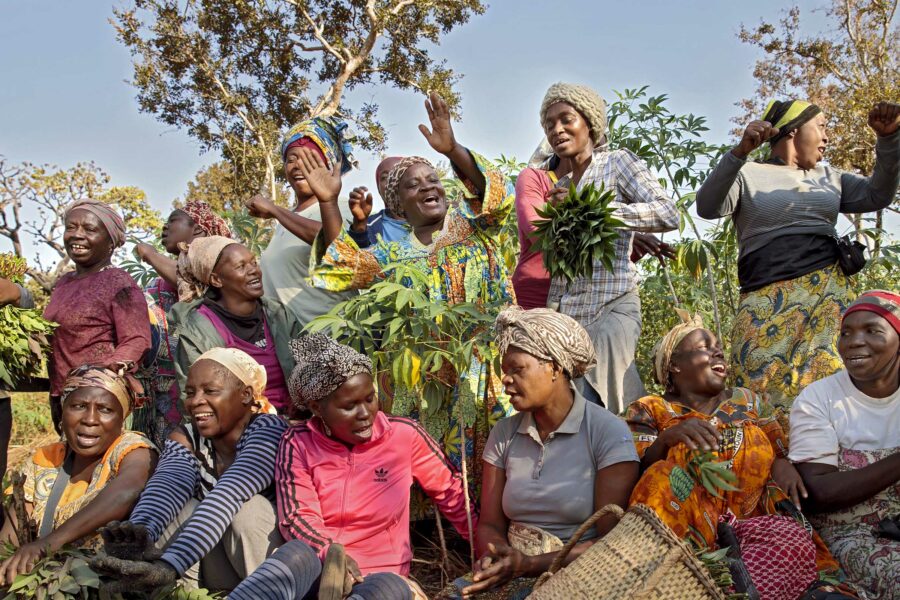Solving energy poverty: power beyond the grid
Off-grid and mini-grid electricity generation can bring immediate benefits across the SDGs. They offer a least-cost approach to electrification, yet investment in them remains limited. What needs to happen to ensure these technologies play their full part in tackling energy poverty?
Energy — Global
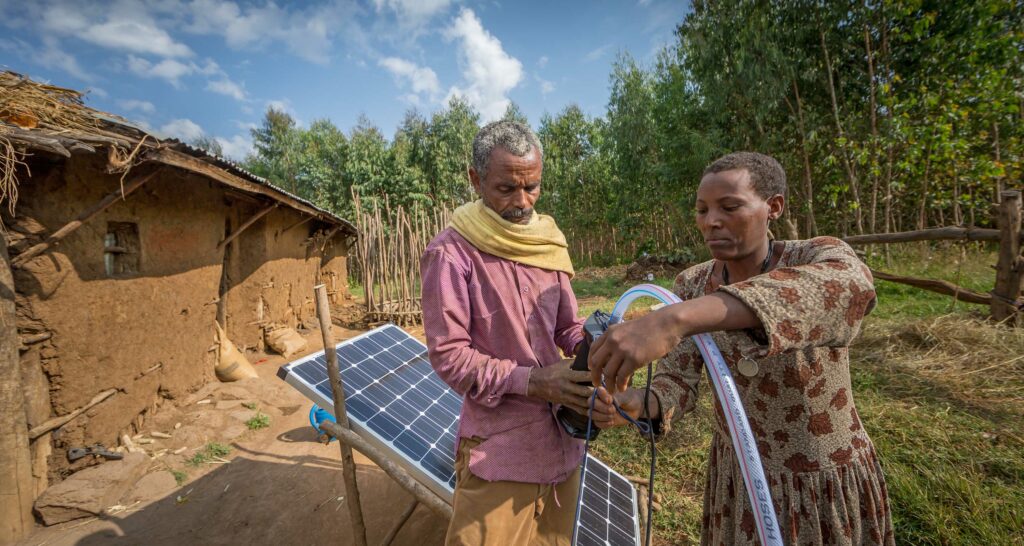
Energy accounts for over two-thirds of global greenhouse gas emissions. Unaddressed, we will be perilously close to hitting the 1.5°C temperature rise (compared with pre-industrial levels) in the near term. Last year, the UN Environment Programme published an emissions gap report, which stated that the new and updated nationally determined contributions would take only 7.5% off predicted 2030 emissions – way short of the staggering 55% reduction required to achieve the Paris Agreement. Reports from the Intergovernmental Panel on Climate Change paint a bleak picture of our planet’s future at current trajectories – what the United Nations Secretary-General has called a code red for humanity.
At the same time, 759 million people lack access to electricity, and 2.6 billion people do not have access to clean cooking solutions. This is another crisis for humanity. Billions of people are being left behind in energy poverty, which impacts almost every aspect of what it means to live modern, dignified lives. Lack of electricity impacts healthcare, education, food security, public safety, and economic opportunity. In the absence of reliable electricity, many resort to fossil-fuel-dependent generators that come at a high economic and environmental price. Without clean cooking solutions, smoke inhalation prematurely kills nearly four million people a year – most of those being women and children.
These two challenges – the climate crisis and the energy crisis – are closely linked and require urgent action. It’s not one or the other; we must do both. In fact, we will not be able to achieve our net-zero ambition and limit rising temperatures unless we address energy poverty.
While high-emitting, energy-abundant countries must invest heavily into greening their economies, we must also ensure that adequate investments flow to low-emitting, energy-poor countries to grow their economies and deliver on Sustainable Development Goal (SDG) 7 – achieving affordable, reliable, sustainable, and modern energy for all.
The role of decentralized renewable energy
Mini-grids and off-grid solar represent an enormous opportunity to address energy access without the challenges associated with standard grid electrification. In addition, achieving SDG 7 supports progress on several other SDGs. Ending energy poverty directly impacts:
- ending poverty (SDG 1)
- ending hunger, and improving nutrition, food security, and sustainable agricultural practices (SDG 2)
- ensuring healthy lives and promoting good health and well-being (SDG 3)
- inclusive and equitable quality education (SDG 4)
- achieving gender equality (SDG 5)
- improving access to water and sanitation (SDG 6)
- decent work and economic growth (SDG 8)
- reducing global inequalities (SDG 10)
- climate action (SDG 13)
- fostering partnerships (SDG 17)
Achieving SDG 7 aligned with the Paris Agreement will require a drastic reimagining of how we deliver energy services for households, businesses, buildings, transport, and public services. Scaled-up off-grid renewable energy will do well in many contexts and must be prioritized. This must be supported by improved regulatory frameworks, with greater finance committed, and innovative business models allowing the off-grid market to reach its full potential.
By developing truly integrated energy plans that take a holistic approach and encompass both on and off-grid energy solutions, countries can provide energy access to underserved populations at lower costs. Grid expansion is predominantly employed as the approach for providing electricity access, but off-grid technologies are a more economically viable alternative for remote areas where the grid might be hard or too expensive to reach. In these cases, off-grid renewable energy solutions, including mini-grids and stand-alone solar systems, offer a least-cost approach to electrification.
The recently launched Nigeria Integrated Energy Planning (IEP) Tool, developed by the Government of Nigeria with the support of Sustainable Energy for All (SEforALL), is an exemplar of a world-class IEP that includes on and off-grid electrification, clean cooking, and productive use. The tool allows a range of stakeholders to model a variety of scenarios to deliver these solutions in the fastest and most cost-effective manner. According to this plan, mini-grids represent the least-cost technology for 8.9 million of the total 19.3 million additional connections required, while solar home systems account for five million of these connections. With productive use demand from agricultural activities included in the analysis, the number of mini-grid least-cost communities increases by 200,000.
A study by SEforALL and Bloomberg New Energy Finance for the Mini-Grids Partnership, State of the Global Mini-grids Market Report 2020, estimated that nearly 111 million households could be served by mini-grids in sub-Saharan Africa, Asia, and small island nations by 2030, requiring capital investment of an estimated USD 128 billion.
Adequate and affordable finance, however, remains one of the top barriers to scaling off-grid solutions to help bridge energy access gaps. Last year’s Energizing Finance report found that finance for residential electricity was less than a third of the USD 41 billion in annual investment required, and abysmally short of the USD 4.5 billion required for clean cooking. For the off-grid solar and mini-grid sector, tracked investment declined from USD 460 million in 2018 to a mere USD 294 million in 2019.
Limited investment in the mini-grid and off-grid solar sector can be addressed by policy reform and the adoption of sustainable and innovative business models and financial instruments. This will be crucial to accelerate the deployment of finance to the sector. A key step is to ensure market support to assess customer demand and improve credit assessment and financing mechanisms, including securitization, guarantees, and risk pooling. In addition, blended finance solutions to efficiently deploy grants and concessional finance alongside commercial investment to de-risk energy access projects will be required. Lastly, the formalization of licenses for private sector mini-grid developers and the implementation of a coherent national policy around subsidy planning would increase the viability of private sector involvement in the sector.
Enabling a just transition is critical
Developing countries need investment and technical support in creating and implementing comprehensive IEPs. Accelerated growth for the clean energy industry will mean new opportunities to develop robust local business ecosystems and supply chains alongside new jobs, and improved skills and labor markets.
Developing and emerging countries need to respond to the aspirations of their populations by providing sufficient and reliable energy for development. This must be balanced with the need for ensuring an energy transition that would put the world on a pathway to net zero. This is what a just, equitable, and inclusive clean energy transition would look like.
The road ahead
COP26 negotiations left stakeholders agreeing that much more will be required to meet our global goals, for addressing climate change, and ensuring sustainable energy for all. However, there was a clear signal from governments, the private sector, and other stakeholders that raised ambition on clean energy and energy access towards accelerating climate action and energy transitions were a priority. It set the ball rolling for COP27 where a just and equitable clean energy transition will be front and center. In the midst of the uncertainty of the current global energy landscape, what we need now more than ever is sustained and ambitious action and investment in a clean energy future that leaves no one behind.

